Print & Apply
Explore Insights, Tools, and Answers
Stay informed with the latest in shipping automation and logistics. From expert articles and upcoming events to product videos and helpful FAQs, our resource center is here to support your operations and keep you ahead of the curve.
-
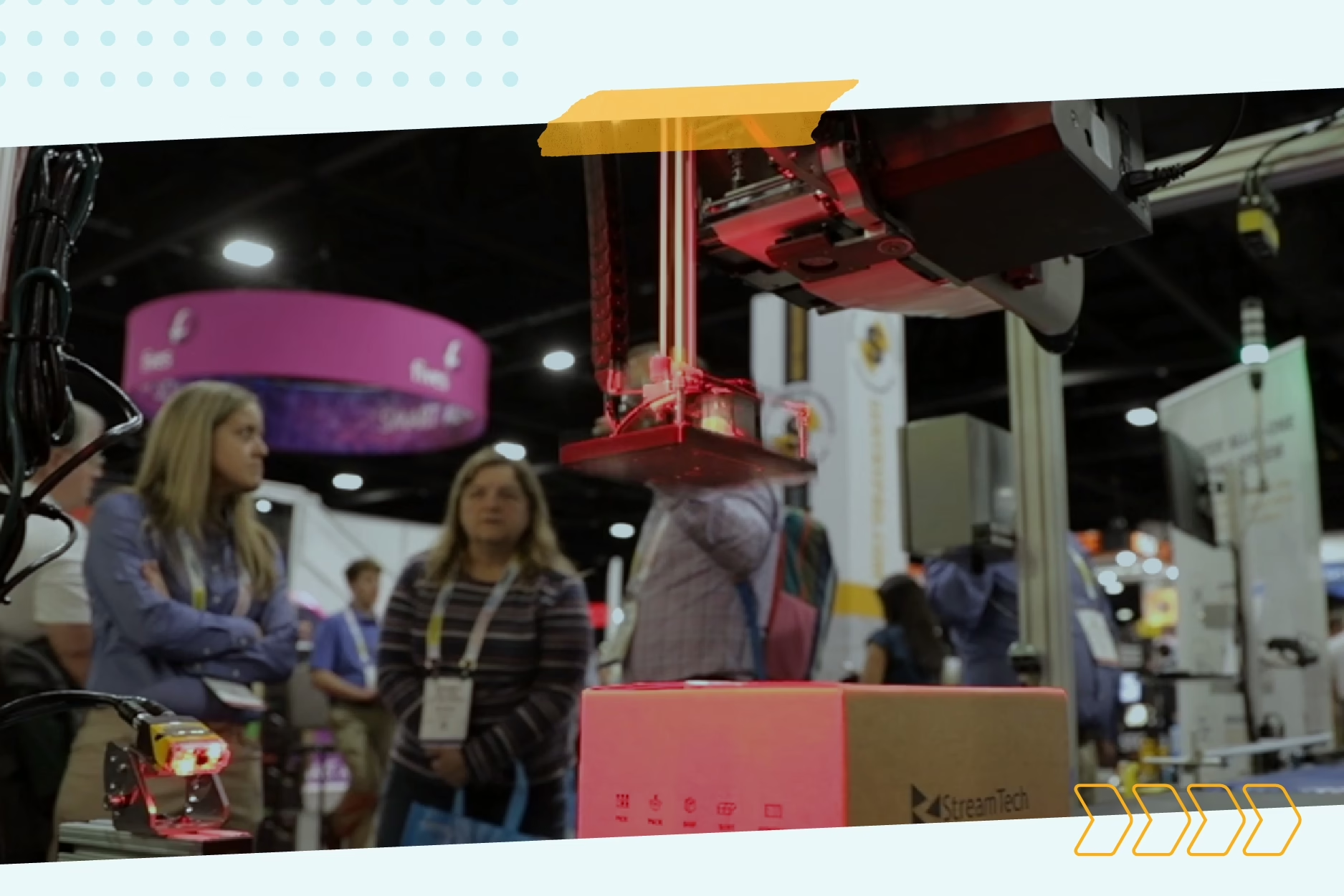 Print & Apply
Print & ApplyMastering SLAM: Automating High-Volume Fulfillment
-
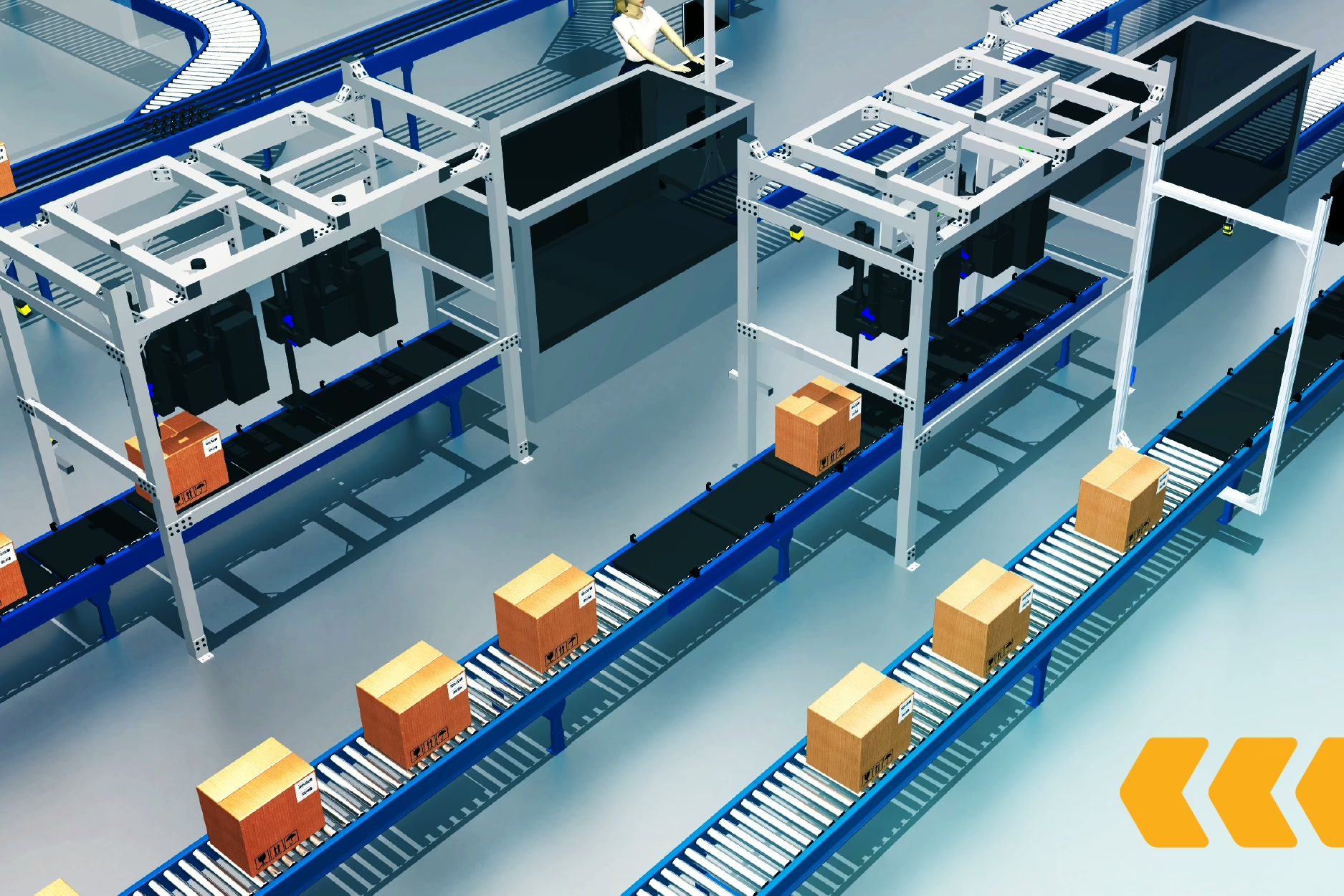 Print & Apply
Print & ApplyStreamTech Engineering Helps Guide MHI’s New SLAM (Scan Label Apply Manifest) Industry Group
-
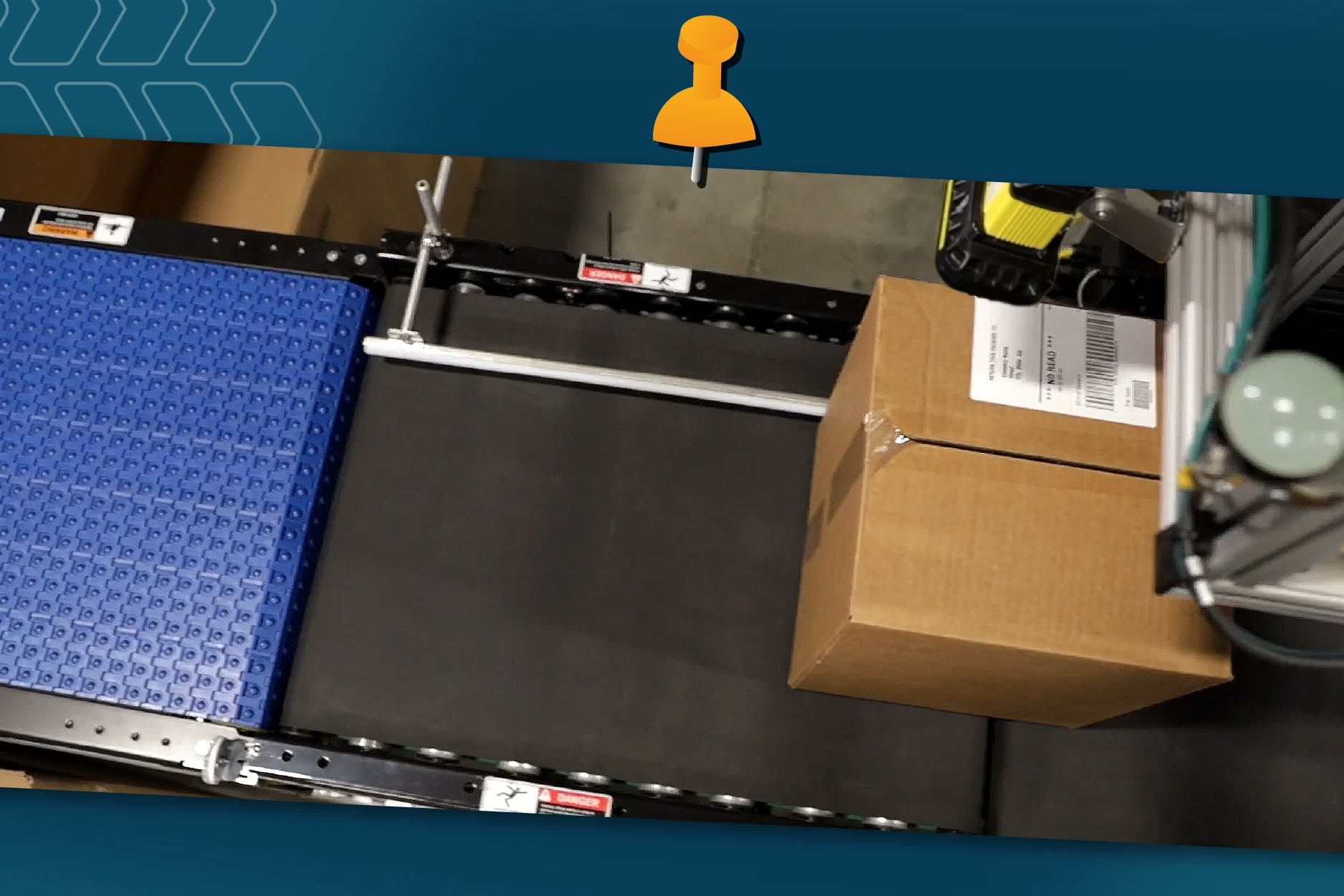 Print & Apply
Print & ApplySprinter™ Shipping System: Here’s How It Works
-
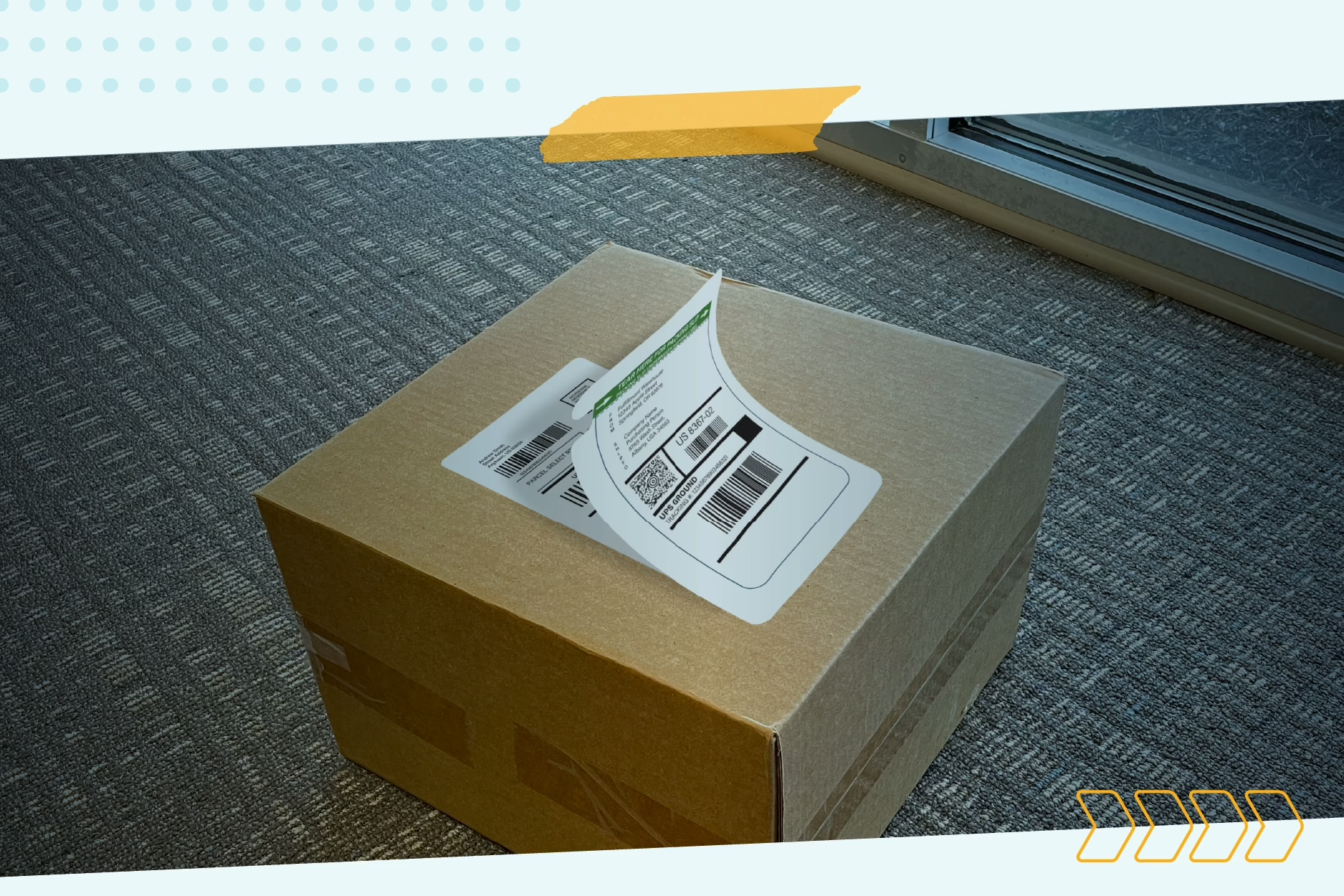 Print & Apply
Print & ApplyPiggyback Labeling: Uses & Benefits
-
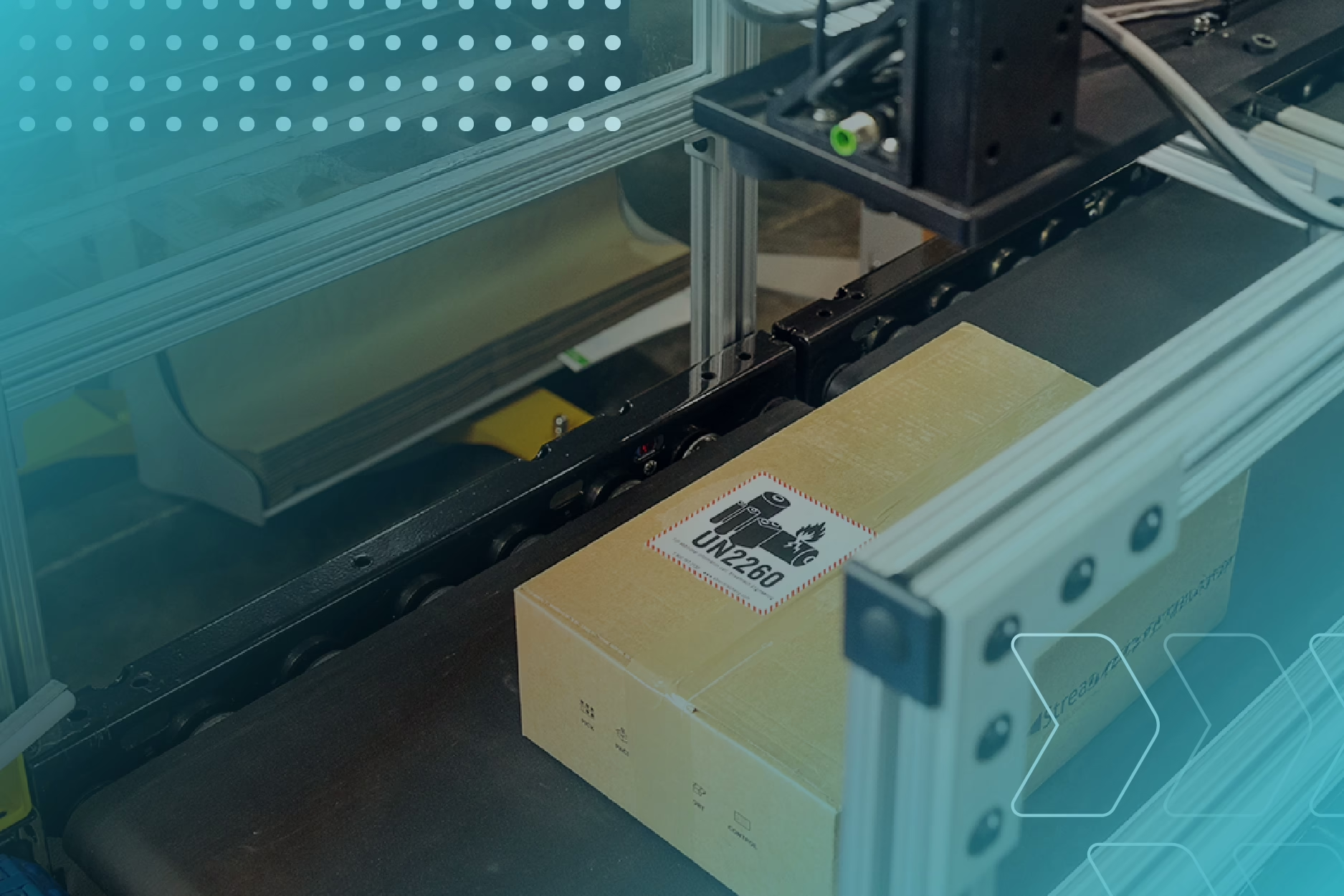 Print & Apply
Print & ApplyMeet Label Standards With Label Compliance
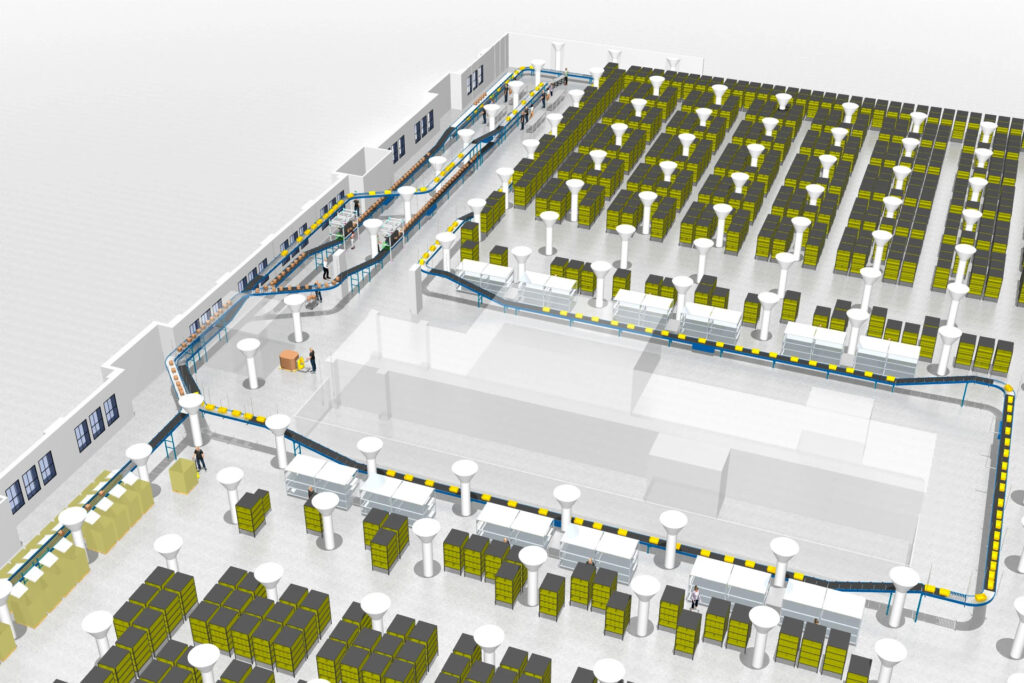
Ready for Automation?
Share your fulfillment challenge with us and we’ll design a custom solution for your business before you sign a contract
"*" indicates required fields